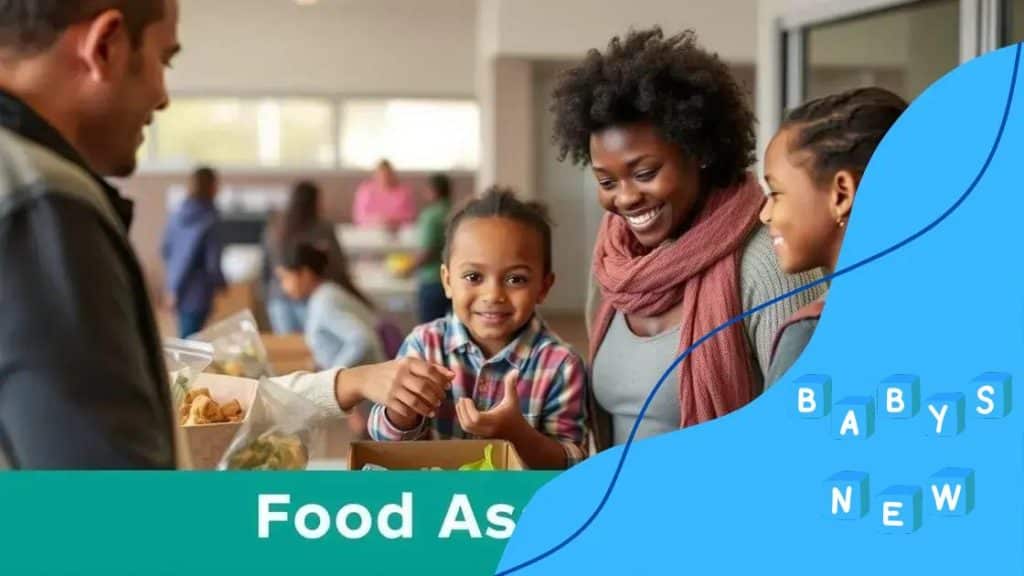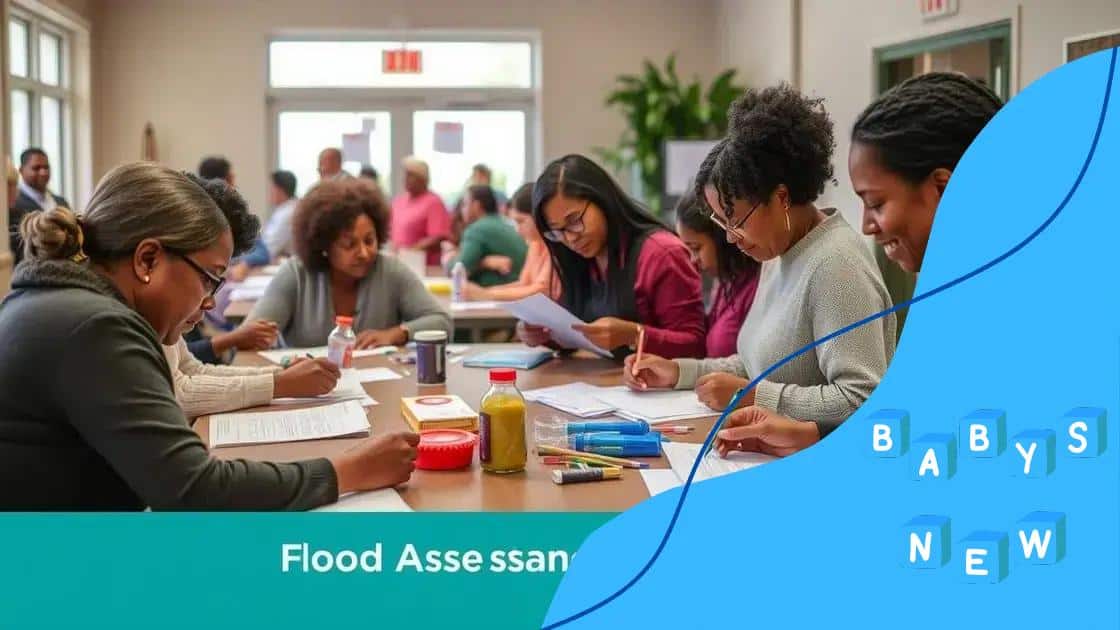Food assistance program updates: what you need to know

Advertisement
Food assistance program updates in 2023 include expanded eligibility criteria, increased monthly benefits, and resources to help families navigate the application process effectively.
Food assistance program updates are crucial for families relying on support. Recent changes might impact your benefits, so staying informed can make all the difference. Ready to dive in?
Understanding the food assistance programs
Understanding food assistance programs is essential for families who may need support. These programs are designed to ensure that people have access to nutritious meals. Let’s explore how these programs work and who they help.
What Are Food Assistance Programs?
Food assistance programs provide vital support to those in need. They help reduce hunger and improve the health of individuals and families. By offering access to food resources, these programs aim to uplift communities and provide a safety net for struggling households.
Advertisement
Types of Food Assistance Programs
- Supplemental Nutrition Assistance Program (SNAP)
- Women, Infants, and Children (WIC)
- National School Lunch Program (NSLP)
- Emergency Food Assistance Program (TEFAP)
Each program has unique eligibility requirements and benefits. SNAP, for example, helps individuals purchase food using an EBT card. Meanwhile, WIC is focused on supplying nutritious foods to pregnant women and young children.
Eligibility and Benefits
Eligibility for these programs often depends on various factors, such as household income and the number of people in the household. Many families may qualify for one or more programs, ensuring they receive the necessary support.
It’s important to stay informed about changes to eligibility criteria, as this can affect how families access help. Regularly visiting official websites can provide the latest information on these food assistance programs.
Advertisement
Recent changes in eligibility criteria
Understanding the recent changes in eligibility criteria for food assistance programs is key for families in need. These updates can impact who qualifies for benefits and how much support they can receive.
Overview of Recent Changes
In the past year, several important adjustments have been made. Some states have modified income limits, while others have expanded eligibility to include more families. These shifts aim to reach those who are most vulnerable.
Key Updates
- Increased income thresholds for SNAP benefits
- Streamlined application process for families
- New categories for eligible individuals, such as college students
- Temporary emergency benefits extended in certain areas
Staying informed about these changes is essential. Families should check their local guidelines to see how they might be affected. For example, the increased income thresholds mean that more families can now qualify for assistance.
Additionally, the streamlined application process can make it easier for families to access necessary resources quickly. With the inclusion of new categories for eligibility, such as college students, more individuals can receive help, reducing food insecurity among younger populations.
How to apply for food assistance

Knowing how to apply for food assistance can greatly impact families in need. The process might seem overwhelming, but it’s designed to be straightforward and accessible.
Step-by-Step Application Process
The first step is to gather the necessary documents. Typically, you will need items like proof of income, identification, and proof of residency. Having these ready will make the process smoother.
Where to Apply
- Visit your local Department of Health and Human Services
- Online through the official SNAP website
- By calling your local assistance office
- Community organizations or food banks
You can apply in person, online, or even over the phone, depending on your state’s resources. When applying online, make sure to use the official state website to ensure your information is secure.
After submitting your application, you may be asked to participate in an interview. This helps confirm the information provided and determine your eligibility. It’s crucial to answer all questions honestly. Once everything is processed, you will receive a notification about your eligibility and benefits.
Benefits available in 2023
Exploring the benefits available in 2023 for food assistance programs reveals many opportunities for families in need. These benefits are designed to provide vital support and improve food security.
Types of Benefits
In 2023, families can expect several key benefits from food assistance programs. These benefits may include increased financial assistance, additional support for children, and expanded eligibility for families.
Key Updates to Benefits
- Higher monthly allowances for SNAP participants
- Expanded funding for the Women, Infants, and Children (WIC) program
- Additional benefits for school meals through the National School Lunch Program
- Emergency food assistance provisions remaining in effect
For instance, the increase in SNAP allowances means that families will receive more funds each month to purchase groceries. This can help alleviate some of the financial stress that many encounter while trying to provide nutritious meals.
Moreover, children will benefit from expanded programs, ensuring they have access to healthy meals during school hours and over breaks. These enhancements are crucial for maintaining health and well-being, especially in younger populations.
Resources for navigating the program
Having the right resources for navigating the program can make a significant difference when applying for food assistance. These resources help families understand their options and support them in obtaining necessary benefits.
Online Tools and Websites
Many websites offer valuable information, including eligibility guidelines and application procedures. Key websites to visit include the official SNAP site, local Department of Health and Human Services, and community organization pages. These platforms often provide step-by-step instructions and FAQs.
Community Assistance Programs
- Local food banks offering support services
- Community outreach programs providing application help
- Workshops about food assistance and budgeting
- Hotlines for immediate assistance and questions
Local food banks often have staff available to assist families with applications and provide additional resources. These programs are essential for guiding families through the complexities of the application process.
Furthermore, many communities hold workshops periodically. These workshops allow families to learn how to effectively manage their benefits and navigate the system. Participating in these workshops can empower families to make informed decisions.
FAQ – Frequently Asked Questions About Food Assistance Programs
What are the main food assistance programs available?
The main programs include SNAP, WIC, and the National School Lunch Program, each providing different types of support for families.
How can I apply for these food assistance programs?
You can apply online, in person at local offices, or by calling your local assistance hotline for guidance on the application process.
What recent changes affect eligibility criteria?
Recent changes have expanded eligibility, including increased income thresholds and new categories such as college students.
Where can I find resources for help with my application?
Resources include local food banks, community organizations, and official websites that provide guidance and assistance with applications.





